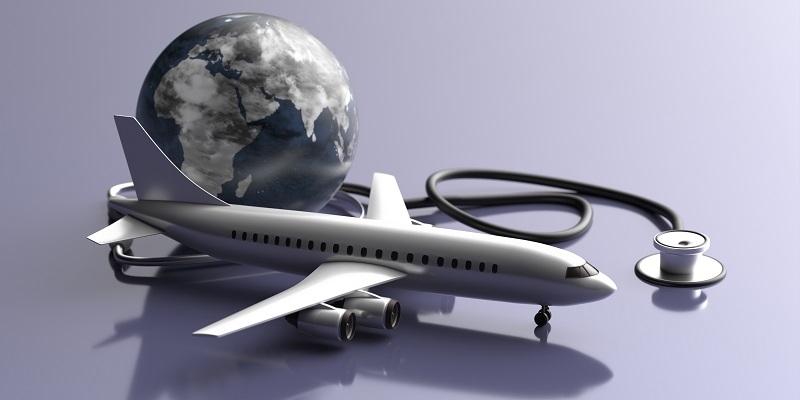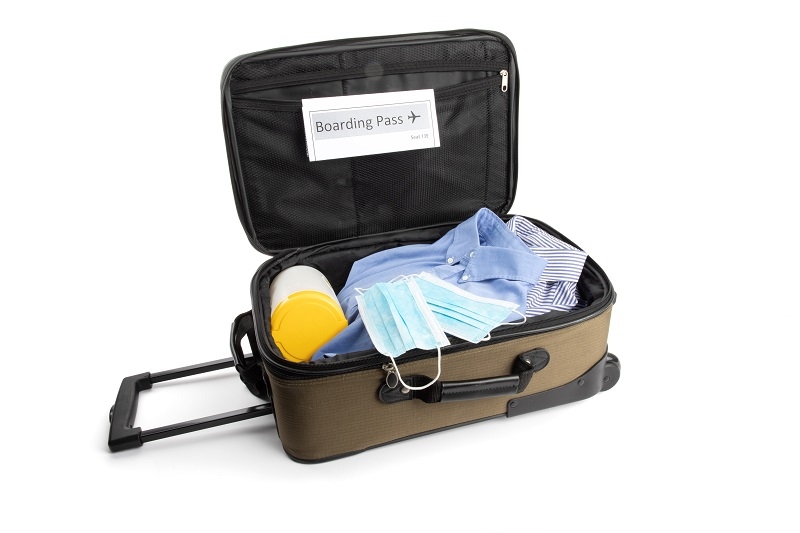
Let’s be honest. Flying can be stressful enough on its own. Crowded airports. Long security lines. That awkward middle seat no one wants. Now add air travel with medical equipment to the mix — and suddenly, it’s a whole different ball game.
If you’re someone who relies on a CPAP machine, insulin pump, portable oxygen concentrator, or any other medical device to get through the day, you already know how crucial it is to be prepared. The idea of packing that gear, getting through TSA without a hitch, and still making it to your gate on time? Yeah, it’s a lot.
But here’s the good news — you can absolutely travel safely and comfortably with your medical equipment. It just takes a little extra planning. And this guide? It’s here to help you do exactly that.
Whether it’s your first time traveling with medical equipment, or you’ve had one too many headaches dealing with airline policies and TSA confusion, let’s break everything down clearly, simply, and with a few human flaws sprinkled in. Because not every trip goes perfectly — but with the right prep, it doesn’t have to be a nightmare either.
Before you even start packing, it’s important to know this — you’re protected under U.S. law. The Air Carrier Access Act (ACAA) prohibits discrimination against passengers with disabilities, including those who need to fly with medical devices.
In plain English? Airlines can’t charge you extra to bring medically necessary equipment. You’re allowed to carry these items onboard, and the airline staff should accommodate your needs to the best of their ability.
Just one catch — you need to communicate early. Notify the airline ahead of time if you’ll be bringing anything out of the ordinary. Don’t spring a surprise on them at the gate. That never goes well.
Let’s talk about the top medical devices people travel with. These are the ones that airport and airline staff see most often — and that they’re generally trained to handle.
These are all considered essential and usually fall into the “doesn’t count against your carry-on limit” category. That said, always double-check with your specific airline. Policies vary slightly, and it's better to confirm than be caught off guard.
Here’s the part that often surprises people — yes, many medical devices can you travel with free. And by “free,” we mean they’re not counted as part of your baggage allowance.
So if the airline normally lets you bring one carry-on and one personal item, your medical gear is in addition to that. You’re not sacrificing your laptop bag or your roller carry-on just to bring a CPAP.
This includes not just the devices themselves, but often their related accessories — tubing, chargers, masks, etc.
Some devices, like oxygen concentrators, may require advance approval or medical documentation. Others, like diabetic supplies, can go through security without an issue. The key? Know the rules and be ready to explain what you’re carrying.
Ah yes — the security checkpoint. The part where even seasoned travelers feel a little sweat start to build. When it comes to TSA traveling with medical devices, things can get a little... delicate.
Here’s how to make it smoother:
Label your gear clearly. Whether it’s a tag, sticker, or note taped to the case, let TSA know this isn’t just a regular electronic device. You can even print tags that say “medical equipment – not for personal use” to help avoid confusion.
Don’t assume they’ll recognize your insulin pump or nebulizer. Give them a heads-up. A simple, “Hey, I’m carrying a medical device in that case,” goes a long way.
You’re allowed to request a clean inspection if your equipment needs to be handled. TSA officers should wear fresh gloves and swab your device instead of putting it through the X-ray machine if that’s your preference.
Most TSA agents are trained to handle these situations professionally. But like with anything, some may be unfamiliar or flustered. Stay calm, explain clearly, and ask for a supervisor if needed.
Do Checkout: Senior Citizen Air Travel Tips: Safety & Assistance Guide

Let’s be real — packing medical gear is not the same as throwing a swimsuit in your suitcase. These items are fragile, essential, and in some cases, life-sustaining. So how do you do it right?
Always, always, always keep your medical equipment in your carry-on. Never check it. Luggage gets lost. Bags get delayed. You can’t afford to be without your CPAP or medication for 12 hours (or longer).
Use a hard-shell case if you can. Wrap cords and tubing neatly. Keep chargers and spare parts in labeled compartments or bags. If the device has a battery, bring a backup. Or two.
A doctor’s note or prescription is helpful, especially if your equipment is bulky, loud, or looks unusual. Not always required — but it can save time and confusion.
If your device needs electricity, check the voltage in your destination country. Bring adapters or converters. Some planes have in-seat outlets, but don’t count on them for critical equipment.
Taking your gear across borders? That adds a few more layers of prep.
International traveling with medical devices isn’t impossible. It just requires a bit more effort upfront. But that extra effort buys you peace of mind on the ground.
Many medical devices are battery-powered — especially top medical devices people travel with like CPAP machines and portable oxygen concentrators. But batteries can be tricky at airports.
Lithium batteries over a certain wattage need airline approval. Make sure yours is within limits. And store it in your carry-on, not checked baggage.
Check airline websites for details. Some even require labels or protective covers on battery terminals to prevent sparks.
Also, keep batteries partially charged — enough to demonstrate function, but not fully maxed out, which can raise concerns.
Yes. Always. Even if you think it’s “no big deal,” contact the airline at least 48 hours before departure. Especially if:
Some airlines require you to fill out medical forms. Others just make a note on your ticket. Either way, the earlier you notify them, the better your experience will be.
Read More: Heart Health Dietary Supplement Tips for Frequent Flyers
Look. Traveling with medical equipment isn’t always easy. It comes with extra weight (literally and emotionally). But with the right preparation — and a bit of assertiveness when needed — you can fly confidently.
Remember, you have rights. You have resources. And most importantly, you have a reason to go. Whether it’s a vacation, a family visit, or just getting back to living life, don’t let medical gear keep you grounded.
Because no one should have to choose between their health and their freedom to travel. Not anymore.
This content was created by AI